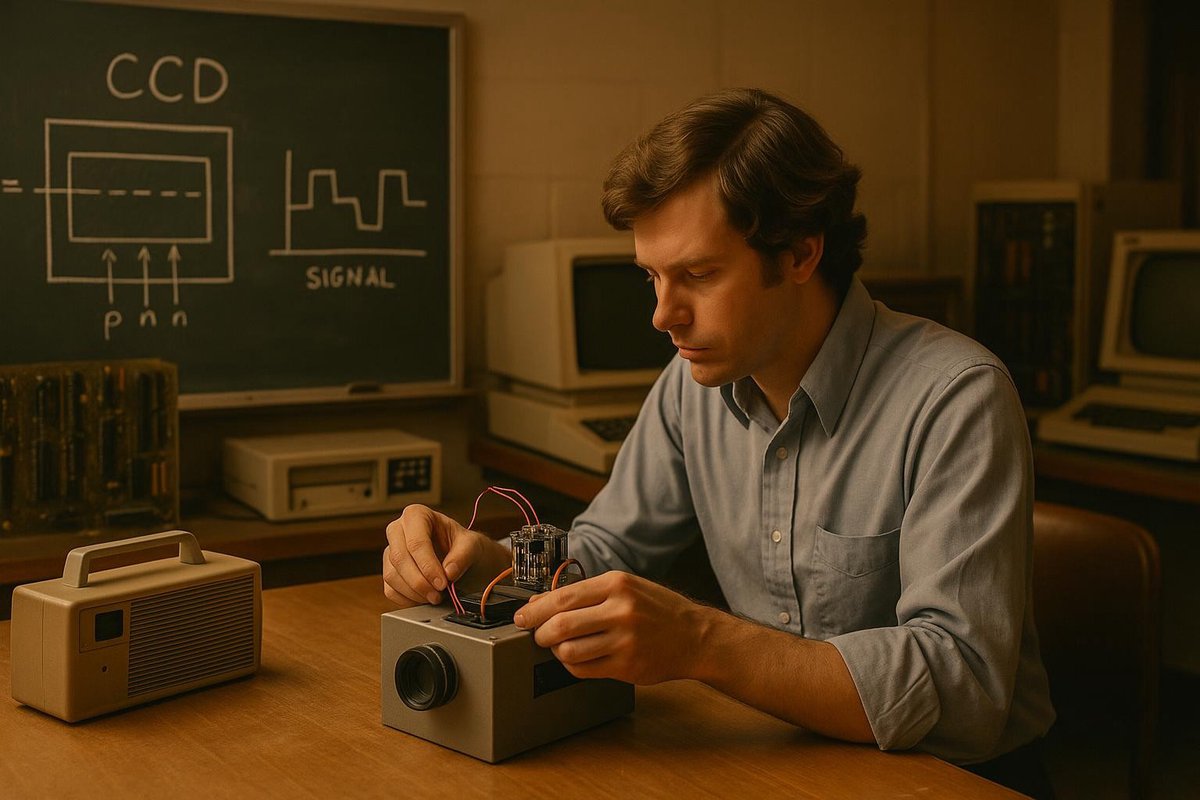
The Origin of Digital Photography: A Technological Breakthrough
In 1969, the world saw the seeds of what would become digital photography. But why was this period so crucial? Interestingly, the roots of digital imaging can be traced back to a time when the world was embroiled in the Cold War, a period marked by rapid technological advancements.
- The Eastman Kodak engineer, Steven Sasson, developed the first digital camera in 1975, using a CCD (Charge-Coupled Device) invented by Willard Boyle and George E. Smith in 1969.
- Before this, photography relied on chemical processes, which were time-consuming and less adaptable.
- The rise of computer technology and miniaturization during the Cold War fostered the technological environment necessary for digital photography.
As time went on, the demand for quicker, more efficient ways to capture and store information became evident. The burgeoning space race, coupled with the military’s need for reconnaissance, drove the need for advancements that ultimately led to digital photography.
Key Figures Who Pioneered Digital Photography
Many people believe that breakthroughs are often the result of solitary genius, but in the case of digital photography, it was a collective effort. The contributions of several key figures were instrumental.
- Steven Sasson is credited with inventing the first digital camera at Kodak in 1975. His invention captured images digitally, a revolutionary concept at the time.
- Willard Boyle and George E. Smith, whose invention of the CCD in 1969 was critical, received the Nobel Prize in Physics in 2009 for their work.
- Companies like Bell Labs and RCA also made significant strides in the development of imaging technology.
Of course, these developments did not happen in isolation. The collaborative spirit of innovation during this period played a crucial role in bringing these technological advances to life, setting the stage for what we now recognize as digital photography.
The Turning Point: War and Crisis as Catalysts
It’s no wonder that necessity is often the mother of invention. During the Cold War, technological competition intensified, and the need for improved reconnaissance and intelligence gathering spurred innovations.
- The military’s need for high-speed, reliable image capture and transmission systems drove research into electronic imaging.
- NASA’s space missions also demanded lightweight, durable cameras that could withstand the harsh conditions of space.
- The urgency of these requirements accelerated the development of digital imaging technology.
These pressures created an environment ripe for innovation, and this period of geopolitical tension inadvertently laid the groundwork for widespread digital imaging technology that we continue to develop today.
The Impact on the World: A Revolutionary Shift
Digital photography’s impact on the world has been profound. It has democratized photography, making it accessible to the masses and transforming how we capture and share life’s moments.
- From film to digital sensors, the shift drastically reduced costs and increased the speed at which images can be captured and shared.
- The cultural shift was equally significant, with social media platforms thriving on the ability to share digital images instantly.
- Professionals in fields such as medicine and astronomy have also benefited from the precision and versatility of digital imaging technology.
As we reflect on this transformation, we recognize that the invention of digital photography was not just a technological advancement but also a cultural one that continues to evolve, shaping our world in unexpected ways.
Fuel Someone Else’s Curiosity
If you found this journey into the history of digital photography fascinating, share it with others who have an interest in the intersection of technology and history. By exploring these stories, we can appreciate the nuanced path that led to the conveniences we enjoy today. Your curiosity can ignite a spark in others, fostering a deeper understanding of how our past shapes our present and future.

Leave a Reply